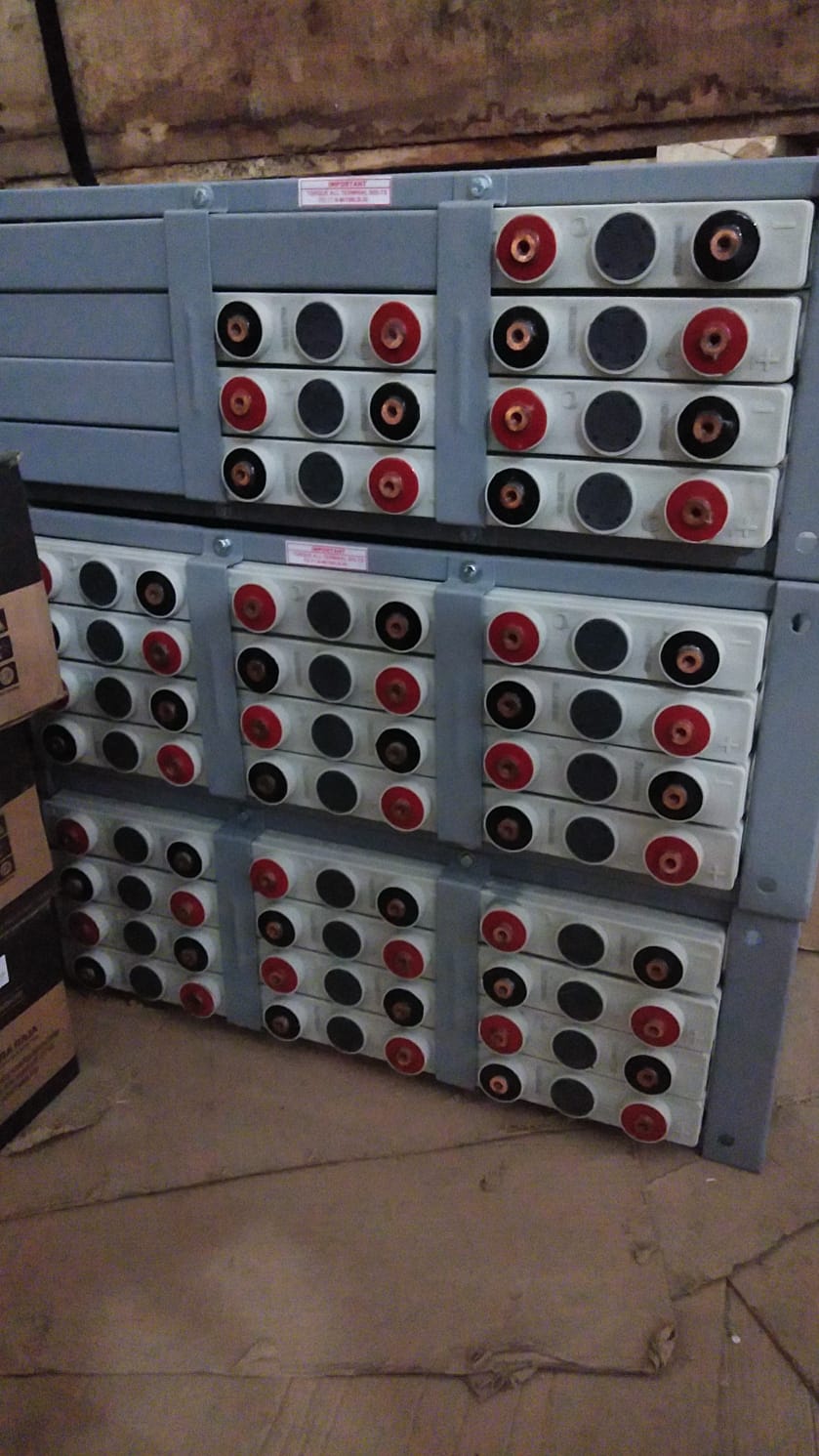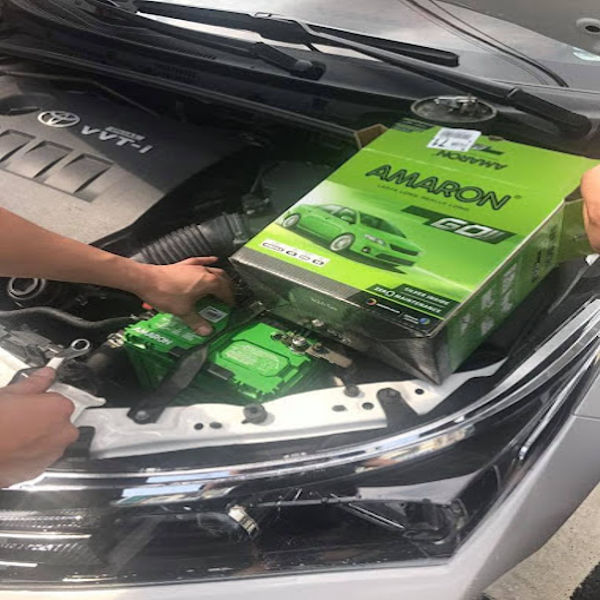overview of the Vertiv 1000 kVA UPS, focusing on its features, specifications, and applications. General Overview Type: Online UPS (Double-Conversion) Capacity: 1000 kVA (1 MVA) Form Factor: Typically floor-mounted, designed for large facilities. Electrical Specifications Input Voltage: Usually 380V to 480V AC, three-phase Output Voltage: Configurable output, typically 380V to 480V AC Frequency: 50/60 Hz (auto-sensing) Output Power Factor: Typically around 0.9 to 1.0 Performance Efficiency: High efficiency, often exceeding 95%, with options for eco-mode to enhance energy savings. Transfer Time: Zero milliseconds due to the online architecture, ensuring uninterrupted power supply. Battery and Runtime Battery Type: Commonly uses sealed lead-acid (SLA) or lithium-ion batteries. Battery Backup Time: Varies based on load; external battery cabinets can extend runtime. Recharge Time: Typically 4-8 hours to recharge from complete discharge. Features User Interface: LCD display with real-time monitoring of operational status, battery health, load levels, and alarms. Communication Ports: SNMP, USB, and RS-232 for monitoring and remote management. Surge Protection: Built-in surge protection to safeguard connected equipment. Overload Protection: Automatic shutdown in case of overload conditions. Physical Specifications Dimensions: Size varies by model; requires substantial floor space and proper ventilation. Weight: Generally heavy; ensure appropriate installation support. Installation and Management Mounting Options: Designed for floor mounting; requires sufficient space and infrastructure. Management Software: Advanced software options for monitoring and managing UPS status remotely. Applications Ideal for: Data centers Large IT infrastructures Industrial applications Telecommunications Healthcare facilities Additional Features Modularity: Some models may offer modular designs for scalability and redundancy. Hot-Swap Capability: Allows battery replacement and maintenance without downtime. Parallel Operation: Supports parallel configurations for redundancy and capacity scaling. Warranty and Support Warranty: Generally includes a limited warranty covering parts and labor, with options for extended service agreements. Support: Vertiv offers various support services, including installation, maintenance, and monitoring solutions. Conclusion The Vertiv 1000 kVA UPS is designed for mission-critical applications requiring high reliability and performance. It is well-suited for environments where power continuity is essential.
Send Message







